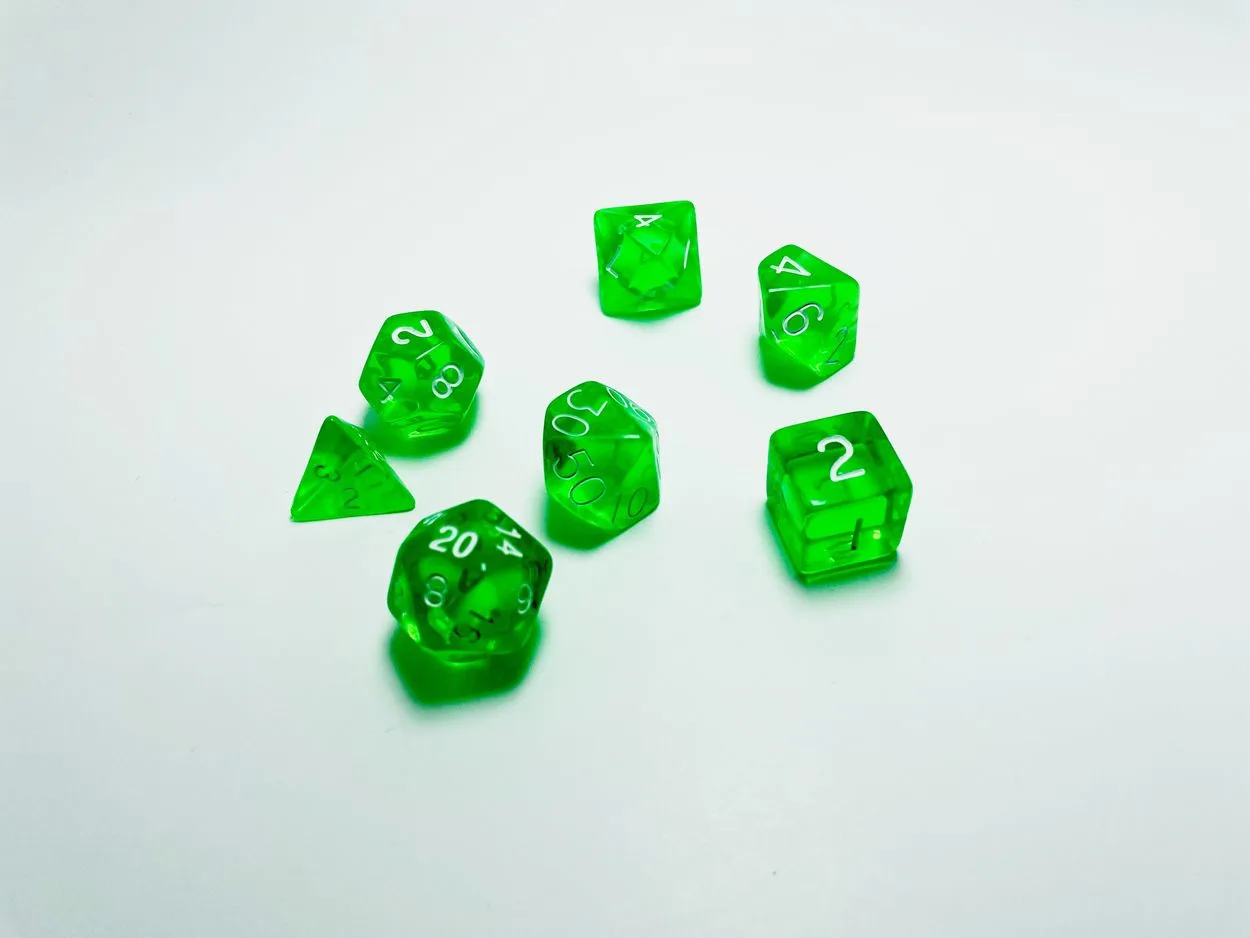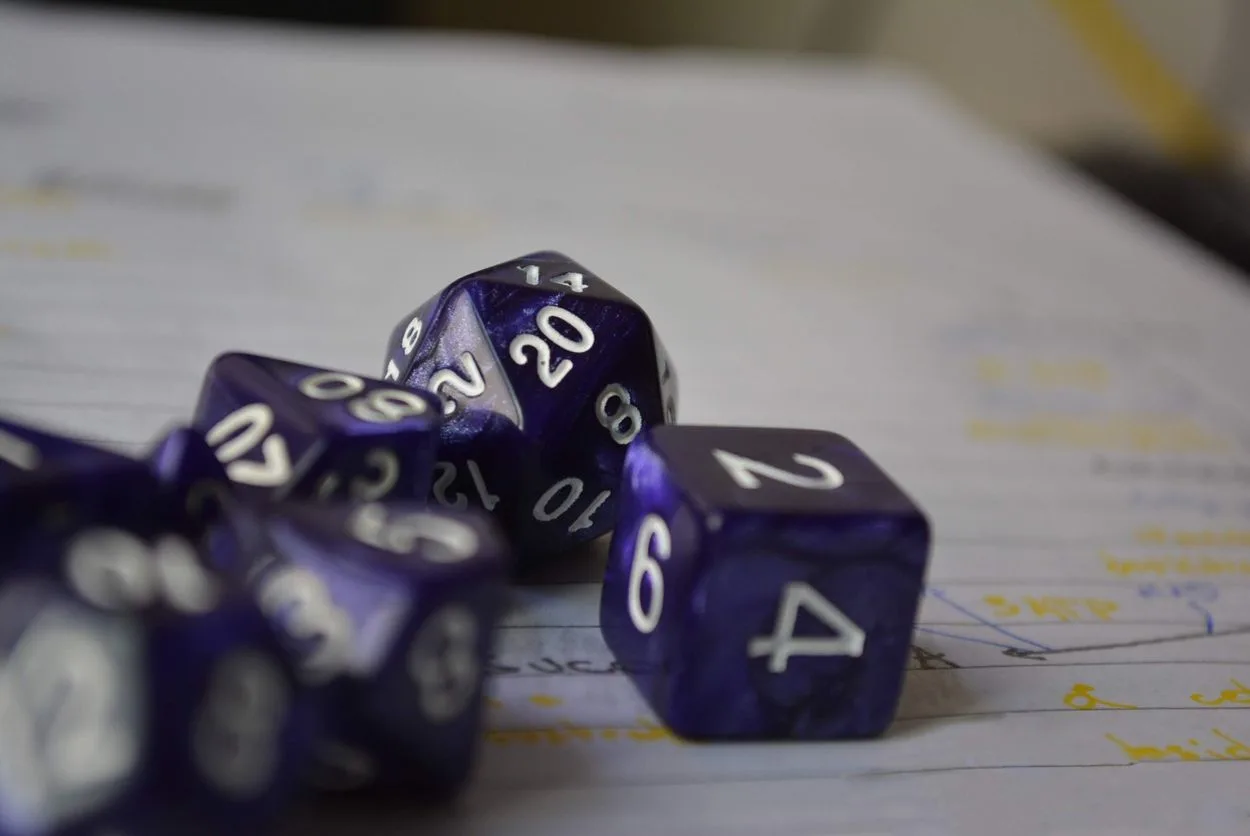Each edition of Dungeons & Dragons, from OG through 5E, offers something new to the board.
Dungeons and Dragons, like many long-running franchises, has a devoted following of fans who all have their favorite editions. When talking to a new person about the game, one of the first questions they’ll ask is, “What edition do you play?”
Both of the most popular versions are worthwhile in their own right. The game’s d20 system, which inspired numerous excellent tabletops, like the immensely famous Pathfinder, was introduced to the public in the days of 3.0. This version was changed in 3.5 to improve balancing and make various modifications, and 5 was released with the goal of making the game more approachable to new players.
While all players are valid in their favorite version, each has its own set of benefits and drawbacks. But have you ever wondered which among the five editions stands out among the rest?
Well, let’s find out the answer in this article. So, let’s get started!
Dungeons and Dragons: A Role-Playing Game
Dungeons & Dragons (D&D) is a fantasy role-playing game (RPG) invented by Ernest Gary Gygax and David Arneson in 1974 and published by Gygax’s company, Tactical Studies Rules, in the same year (TSR).
Wizards of the Coast, a Hasbro, Inc. subsidiary, bought the game in 1997. D&D-themed miniature figurines, novels, television series, and movies arose as a result of the game’s burgeoning popularity.
D&D has gone through several editions, each with different rules and terminology. The game is set in a medieval fantasy setting in which a party of players forms and is guided through an adventure by one player who adopts the role of storyteller, or Dungeon Master.
The Dungeon Master creates tale events or selects them from one of the published adventures, to which the players might react in a variety of ways, resulting in a unique gaming experience.
How many editions are there in D&D?
Here are the five editions of Dungeons & Dragons and the year that they are released.
- D&D 1st Edition was released in 1974
- D&D 2nd Edition was launched in 1989
- D&D 3rd Edition was released in the year 2000
- D&D 4th Edition was released in 2007
- D&D 5th Edition, the last edition was developed in 2012
D&D 3E: An overview of the D20’s System birth

The third-edition D&D was the first D&D version produced by Wizards of the Coast following its acquisition of TSR in 1997.
Wizards chose to delete the ‘Advanced’ part of the RPG at this point, merging it with the Basic edition, which had been abandoned a few years before, reducing the game to just Dungeons & Dragons.
With the publication of Dungeons & Dragons 3E, a totally new system was introduced: the d20 system. With the bulk of actions requiring a d20 roll to resolve, this new concept created a much more coherent system of gameplay. In addition, the gameplay was streamlined throughout, with ability score modifications following a fixed formula and saving throws reduced from five to three categories, focused on defense rather than assaults. Combat was also emphasized in D&D 3E, with a focus on tactical gaming using miniatures played on a grid system.
A new class, a sorcerer, was introduced, and the thief was renamed rogue, despite the fact that rogue had previously been used to represent both the thief and bard classes.
When players achieved higher levels, they were offered the option to ‘prestige’ their characters, allowing them to progress through level 20.
In addition, the third edition of Dungeons & Dragons granted players the option to combine any race and any class, rather than the pre-existing constraintsㅡwhich are still a little ludicrous in retrospect. Players may now customize their characters to their hearts’ content thanks to the addition of skills and feats.
D&D 3.5: An improved version
It improved the third edition to make it the best it could be, hence the designation edition 3.5 after it was launched in 2003.
It was eclipsed by another gleaming new edition, 3.5, just three years following D&D 3E. Wizards’ original revision of the ruleset having been done, it was only reasonable that it would wish to make a few changes based on player input and frequent concerns.
D&D 3.5 is the best of the best for many Dungeons & Dragons gamers. That doesn’t mean it was a perfect success since many players who had only recently purchased the Player’s Handbook and Dungeon Master’s Guide for 3E complained about having to buy whole new volumes in order to play 3.5.
A report backs up the fact that it is still the only other edition of Dungeons & Dragons in the top ten is D&D 5E, which is still one of the most popular RPGs on the virtual tabletop platform today.
Dungeons & Dragons 5E: The latest edition
Dungeons & Dragons 5E, the most recent edition of D&D, was released in January 2012 and totally revolutionized the RPG by being developed through a public open playtest for the first time.
A Basic Rules PDF was issued for free in 2014, letting new potential players know what they were in for, in addition to this player-friendly development methodology.
The entire Starter Set for 5th Edition was released in July 2014, and it included pre-generated characters, basic play instructions, and an adventure module called Lost Mine of Phandelver. Over 40 fifth-edition books, supplements, and sourcebooks, including adventure modules, rulebooks, and other gaming manuals, have been published since 2014.
No wonder why this edition has been praised as one of the finest D&D versions, since it reflects decades of additions and improvements, expanding on D&D’s most popular qualities while also rectifying its flaws throughout time. The game’s mechanics are simplified, allowing for equal emphasis on roleplaying, combat, and character development.
A single proficiency bonus that rises with your character’s level, a single number for armor class, and saving throws that align with your character’s six basic skills are among the notable improvements (strength, dexterity, intelligence, constitution, wisdom, and charisma).
Feats are optional and can be used instead of increasing your ability score. Advantages and disadvantages were added in Dungeons & Dragons 5E, with players rolling 2d20 and utilizing the highest or lower result depending on the scenario.

What is the most suitable version for newcomers?
Dungeons & Dragons 5th Edition is still the finest choice for newcomers to D&D today.
Newcomers may find Dungeons & Dragons frightening, but there are several classes that are both beginner-friendly and enjoyable to play. Being a beginner in an RPG might be intimidating at times. In a campaign that needs a character, there are stats, spells, armor, and a whole world being developed.
You’re probably wondering how can you play this RPG as a beginner. So, you can check out this guide I’ve got for you to start off playing D&D.
Dungeon & Dragon’s 3.5 VS. 5E: Compare and Contrast
Every Dungeons & Dragons enthusiast has a favorite edition. But which version is the most enjoyable to play? Is 3.5e superior, or is 5e unquestionably superior?
Watch out D&D fansㅡas we uncover more facts for you. Let’s take a look at their comparison below.
| Dungeon & Dragon 3.5 Edition | Dungeon & Dragon’s 5th Edition |
| There are tons of options. | The battle system is streamlined. |
| There is an expansive list of Deities to choose from. | The rules are simpler and easy to understand |
| Homebrewing is strongly encouraged. | The Character Sheets are more readable. |
| A more comprehensive cosmology is has become available. | Skills are combined in a convenient way. |
| The core books can be found free online. | It is still updated and being sold. |
Which D&D edition is the best?
Although 5th Edition is the most popular, is it the greatest D&D?
D&D 5E is the greatest edition of Dungeons & Dragons, with D&D 3.5 coming in second.
Obviously, a later edition of a game may go wrongㅡD&D 4E is proofㅡbut 5E not only addressed what was faulty and expanded on what worked in prior D&D editions, but it also saw Wizards of the Coast reach out to fans to hear what they wanted in a new Dungeons & Dragons edition.
Final Thoughts
5E simplifies everything that 3.5 does into a simpler and more adaptable framework.
Hide and move silently being merged into stealth are excellent examples.
The fifth edition is probably the simplest to teach and understand, but I believe all versions are doable. It’s the easiest D&D version to learn, has the most extra adventures, sourcebooks, and supplements, and is easy to find in your local hobby store.
Other Articles
- What is the Difference Between 1080p 60 Fps and 1080p?
- Leading VS Trailing Brake Shoes (The Difference)
- What is the Height Difference Between 5’7 and 5’9?
- HDMI 2.0 vs. HDMI 2.0b (Comparison)
- What Is The Difference Between Do Not and Don’t?
Click here to learn more about these differences through this web story.

